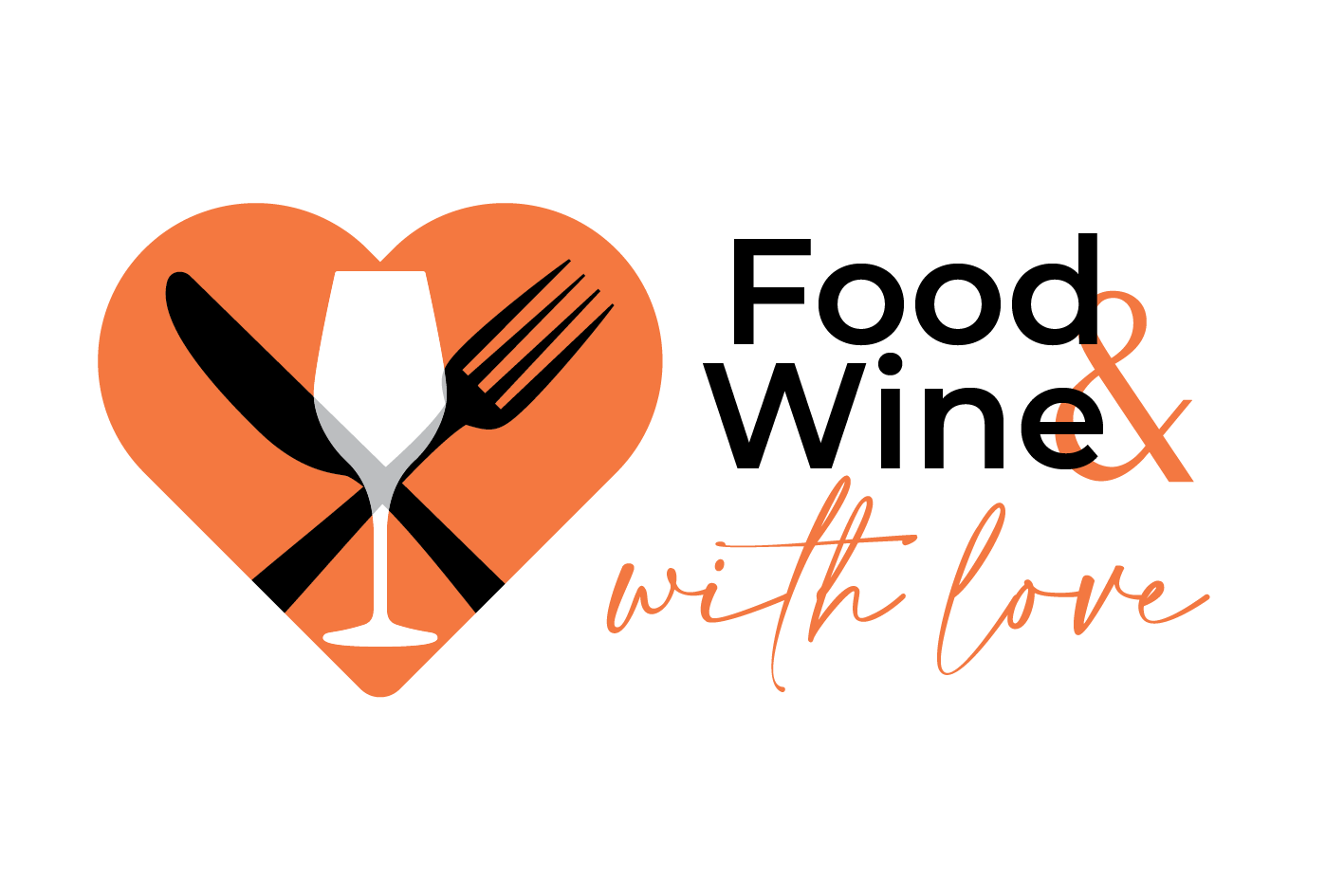Greetings, esteemed diners!
Are you ready to enhance your culinary experiences in Brisbane?
Let us delve into the captivating world of Ethiopian cuisine and uncover the top 10 must-try dishes for 2024. Prepare to tantalise your taste buds and embark on a journey of unparalleled flavour!
Top 10 Ethiopian Food in Brisbane You Must Try
Here is a list of top 10 Ethiopian cuisine you must try in Brisbane:
- Doro Wat (Spicy Chicken Stew)
- Injera (Sourdough Flatbread)
- Kitfo (Minced Raw Beef)
- Misir Wat (Red Lentil Stew)
- Tibs (Sautéed Meat)
- Gomen (Collard Greens)
- Shiro (Chickpea Stew)
- Key Wat (Spicy Beef Stew)
- Ayib (Ethiopian Cheese)
- Atkilt Wat (Spiced Vegetables)
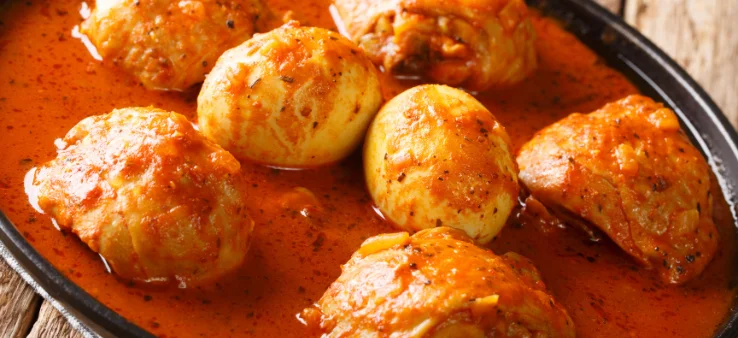
1. Doro Wat (Spicy Chicken Stew)
Doro wat is perhaps the most iconic Ethiopian dish, featuring tender chicken simmered in a spicy berbere sauce made from chilli peppers, garlic, ginger, and a blend of Ethiopian spices. This hearty stew is traditionally served with injera, a sourdough flatbread that complements the bold flavours of the dish.
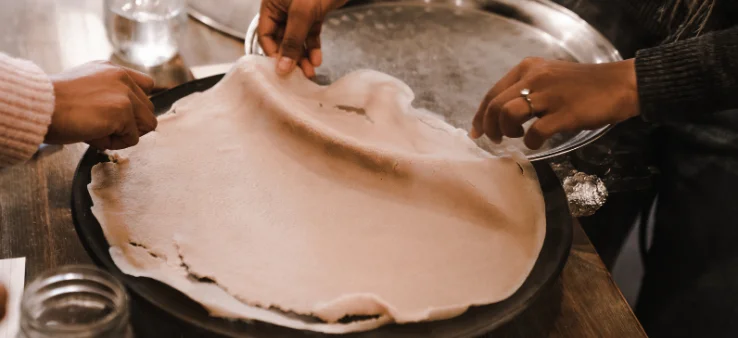
2. Injera (Sourdough Flatbread)
Injera is more than just a staple food in Ethiopia; it’s an integral part of the dining experience. Made from teff flour, this spongy flatbread has a slightly tangy flavour that pairs perfectly with Ethiopian stews and salads. Tear off a piece of injera and use it to scoop up bites of your favourite dishes.
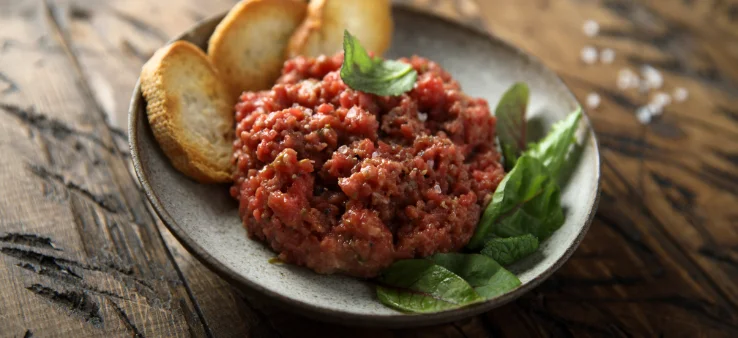
3. Kitfo (Minced Raw Beef)
Kitfo is a delicacy in Ethiopian food, featuring finely minced raw beef seasoned with spices and served with a side of cottage cheese and greens. While it may sound unconventional to Western palates, the flavours of kitfo are bold and distinctive, making it a must-try dish for adventurous eaters.
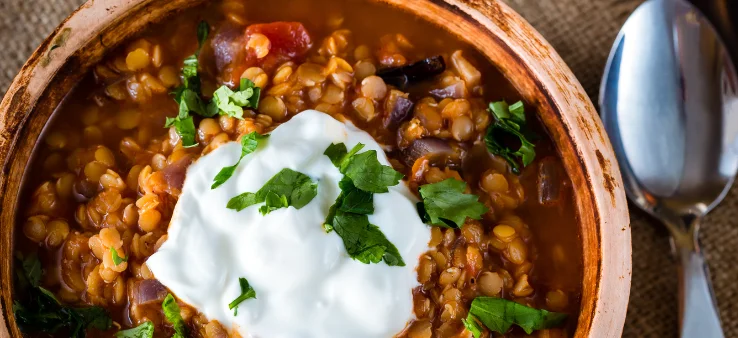
4. Misir Wat (Red Lentil Stew)
Misir wat is a flavorful vegetarian dish made from red lentils simmered in a rich berbere sauce. The lentils soak up the spices, resulting in a dish that is both hearty and aromatic. Enjoy misir wat with a side of injera for a satisfying and nutritious meal.
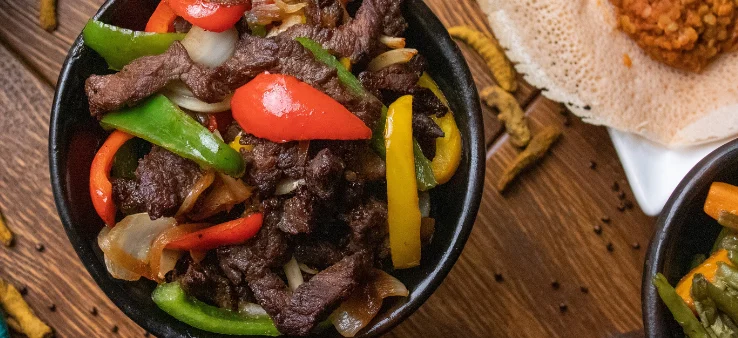
5. Tibs (Sautéed Meat)
Tibs are bite-sized pieces of meat (such as beef, lamb, or chicken) sautéed with onions, garlic, and spices. This dish is full of flavour and can be customised according to your preferences, whether you like it mild or spicy. Tibs are often served with injera and a side of vegetables.

6. Gomen (Collard Greens)
Gomen is a simple yet delicious dish made from finely chopped collard greens sautéed with onions, garlic, and spices. This flavorful side dish provides a refreshing contrast to the rich and spicy Ethiopian stews. Gomen is often served as part of a combination platter.
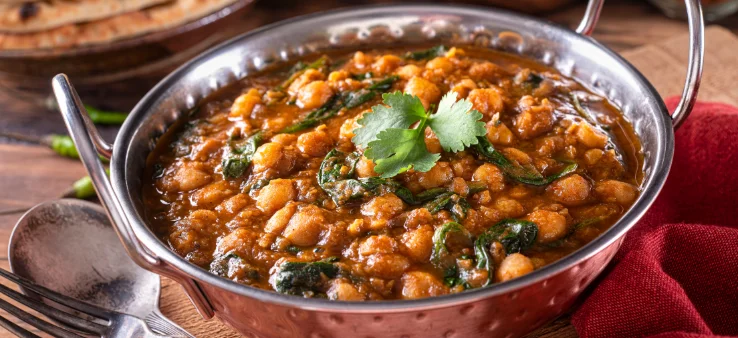
7. Shiro (Chickpea Stew)
Shiro is a thick and hearty stew made from ground chickpeas (or lentils) cooked with onions, garlic, and spices. This vegetarian dish is a staple in Ethiopian cuisine and is loved for its creamy texture and complex flavours. Shiro is typically served with injera or rice.
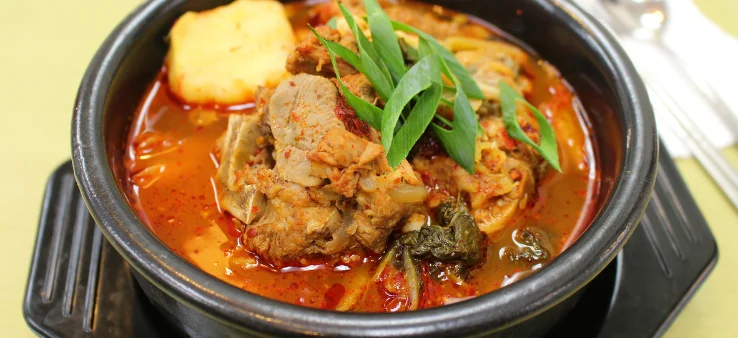
8. Key Wat (Spicy Beef Stew)
Key wat is a spicy beef stew simmered in a rich berbere sauce until the meat is tender and flavorful. This dish is a favourite among meat lovers for its bold flavours and hearty texture. Enjoy key wat with a side of injera and vegetables for a satisfying meal.

9. Ayib (Ethiopian Cheese)
Ayib is a fresh cheese made from cottage cheese or yoghourt that is strained to remove excess moisture. This tangy cheese is often served as a side dish or used as a topping for Ethiopian stews and salads. Ayib adds a creamy and refreshing element to any meal.
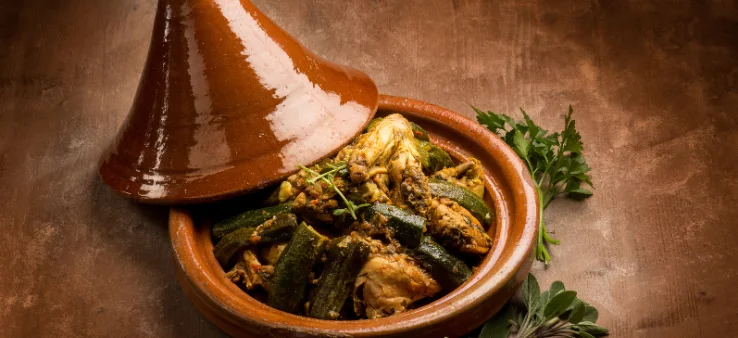
10. Atkilt Wat (Spiced Vegetables)
Atkilt wat is a flavorful dish made from mixed vegetables (such as carrots, potatoes, and cabbage) cooked with onions, garlic, and spices. This vegetarian dish is bursting with colour and flavour, making it a popular choice among those looking for a lighter option. Enjoy atkilt wat with injera for a satisfying and nutritious meal.

Exploring the Rich Culinary Traditions of Ethiopian Food Culture
Ethiopian food culture is deeply rooted in tradition, community, and a rich culinary heritage that spans centuries. With origins dating back to ancient times, Ethiopian cuisine has evolved through centuries of cultural exchange, trade, and migration, resulting in a diverse and vibrant culinary tapestry that reflects the country’s rich history and geographical diversity.
At the heart of Ethiopian food culture is the tradition of communal dining, where meals are shared among family and friends in a spirit of togetherness and unity. This communal style of eating fosters a sense of connection and belonging, with diners gathering around large platters of food to enjoy a feast of flavours and aromas.
Here’s an overview:
Communal Dining:
Central to Ethiopian food culture is the tradition of communal dining. Meals are often served on large platters lined with injera, a sourdough flatbread, and shared among family and friends. This communal style of eating fosters a sense of togetherness and unity, with diners gathering around the table to enjoy a feast of flavours.
Injera: The Heart of the Meal:
Injera is more than just a staple food in Ethiopia; it’s a cultural symbol and an integral part of every meal. Made from teff flour, injera has a slightly sour flavour and a spongy texture, perfect for soaking up flavorful stews and sauces. It serves as both a utensil and a plate, with diners tearing off pieces to scoop up bites of food.
Coffee Ceremony:
Coffee holds a special place in Ethiopian culture, and the traditional coffee ceremony is a cherished social ritual. It involves roasting, grinding, and brewing coffee beans in a clay pot called a jebena, then serving the freshly brewed coffee to guests in small cups. The ceremony is a symbol of hospitality and friendship, often accompanied by conversation and laughter.
Fasting Traditions:
Fasting plays a significant role in Ethiopian food culture, with many Ethiopians observing religious fasts throughout the year. During fasting periods, which may last for weeks at a time, followers abstain from consuming animal products and certain types of food. As a result, Ethiopian cuisine offers a wide variety of vegetarian and vegan dishes, showcasing the creativity and ingenuity of Ethiopian cooks.
Spice Blends and Flavors:
Ethiopian cuisine is known for its bold flavours and complex spice blends. Berbere, a fiery blend of chilli peppers, garlic, ginger, and other spices, is a cornerstone of Ethiopian cooking. It is used to season everything from stews to grilled meats. Mitmita, a spicier blend, adds an extra kick to dishes for those who enjoy a bit of heat.
Culinary Diversity:
Ethiopia’s diverse landscape and cultural regions contribute to the country’s rich culinary tapestry. Each region has its own unique dishes and cooking techniques, influenced by local ingredients and cultural traditions. From the spicy stews of the central highlands to the hearty meat dishes of the southern lowlands, Ethiopian cuisine offers a wide range of flavours and culinary experiences.
Celebrations and Festivals:
Food plays a central role in Ethiopian celebrations and festivals, with feasting and merriment bringing communities together. Weddings, religious holidays, and cultural festivals are often marked by lavish spreads of traditional dishes, showcasing the best of Ethiopian cuisine and hospitality.
Brisbane’s Ethiopian Food Community
In Brisbane’s multicultural landscape, the enjoyment of Ethiopian food represents a beautiful fusion of culinary traditions and cultural exchange. Australians, known for their adventurous palate and appreciation of diverse cuisines, have embraced Ethiopian food with enthusiasm and curiosity.
As a country built on immigration and cultural diversity, Australia offers a vibrant tapestry of culinary experiences, where Ethiopian restaurants and eateries stand alongside cuisines from around the world. Here, the locals and visitors of Brisbane have the opportunity to explore the rich flavours and communal dining traditions of Ethiopian cuisine, connecting with the city’s cultural heritage through food.
This multicultural approach to dining not only enriches Brisbane’s culinary landscape but also fosters a sense of unity and understanding among its people.
More Resources:
